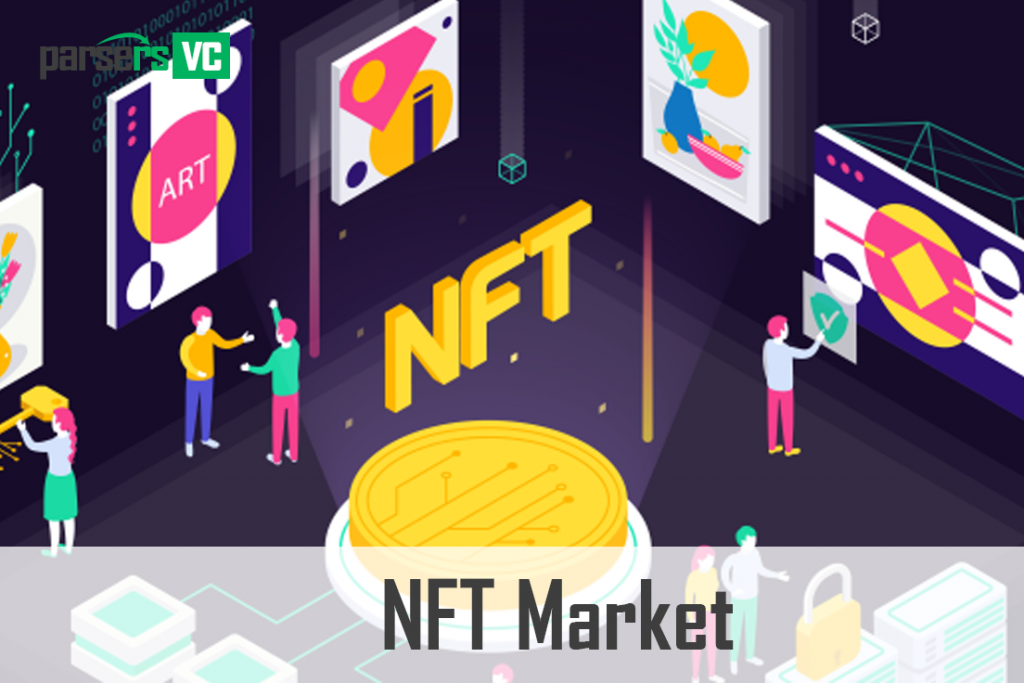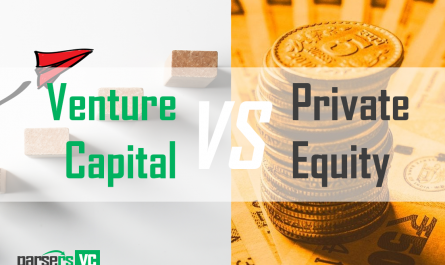NFT Market Overview
At the beginning of 2021, the NFT market experienced a real boom: the demand for unique digital assets increased dramatically. Whereas in December 2020 monthly sales did not exceed $10 million, by early May 2021 they were already over $325 million.
The market volume for 2021 was $25 billion. Sales peaked in August 2021 (over $3 billion), then declined in September, October, November and rose again in December, surpassing the $3 billion mark.
Gucci released virtual sneakers that can be used in various applications, and a digital bag was sold for more than the real thing (for $4,000). Coca-Cola launched its first collection of NFT products for fans.
NFTs are also issued in the financial sphere (for options, insurance), for domain names, slogans, even memes – the pixel cat Nyan Cat was sold for $580 thousand.
Brands have actively begun to use NFT for PR. For example, in June 2021, beer producer Stella Artois released 50 NFT horses for digital horse racing on the ZED RUN platform. The money from the sale went to support bars and restaurants in Europe affected by the lockdown.

NFT Perspectives
Rapid development is predicted by the Metaverse, the trend of which will continue to gain momentum. This is a direct consequence of the active development of the NFT, as well as the hype from Mark Zuckerberg, who renamed Facebook to Meta. The leading projects here include Sandbox, Decentraland and Axie Infinity. Due to the increase in demand, a further increase in prices for the digital assets of the Metaverses is predicted, in particular, for virtual real estate, land.
Interest in NFTs will continue as a way to authenticate and protect copyrights. As for art, if images were previously preferred, in the future, the popularization of musical NFTs, collaborations between musicians and NFT projects are expected.
Legal risks and other problems
Despite optimistic forecasts and trends for further development, the NFT market cannot be called stable. Its downside is that it is speculative and highly risky, which, however, is typical of the cryptocurrency niche.
The main problems of NFT include:
1. Legal risks – the lack of a legal framework, legal regulation. Ownership of NFT is not enshrined in any legislation, which creates a high risk of loss of ownership. In fact, the buyer transfers his cryptocurrency for nothing without sufficient guarantees. With the purchase of tokens, no legal rights are transferred to the user yet: he only owns the token, not what is behind it (a track, a picture).
2. Financial uncertainty – right now the NFT sector has no regulation. This creates a risk that financial regulators and lawmakers may come up with surprises when determining the legal status of tokens. For example, to recognize them as securities, which entails requirements for mandatory registration, compliance with relevant legislation, and reporting. In addition, until the status of NFT is determined, it is not clear how to charge taxes on their sale (when income from property is one rate, from an object of art – another).
3. High investment risks – it is difficult to predict in advance which direction NFT will be profitable for investment. Buying NFTs for profit is an extremely risky operation. No one can be sure that in a couple of years individual crypto-objects will be worth more than they are now.
4. New forms of piracy – despite the conviction of fans of the technology in its counteraction to digital copyright fraud, in fact it creates new risks.
Most likely, with time NFT sphere will be enough legal base and key problems will be solved.
A separate problem is the environmental one. The creation of each token requires a large amount of electricity. Blockchain servers operate around the clock, consuming massive amounts of electricity and increasing carbon dioxide emissions. The technology causes significant damage to the environment, prompting outrage from eco-activists and the refusal of many consumers to use such systems until the problems are solved. Now, blockchain companies are working to reduce the technology’s negative impact on the environment.



